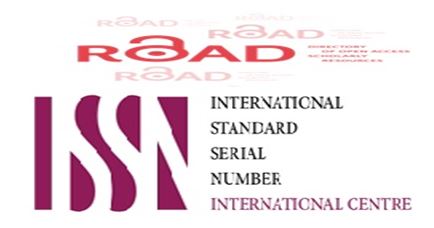The role of IL-6 in the etology of tinea versicolor in group of Iraqi patients.
DOI:
https://doi.org/10.32007/jfacmedbagdad.5221021Keywords:
interleukin-6, immunocompramized , tinea versicolor.Abstract
Background Tinea versicolor is a common dermatological problem worldwide in distribution, caused by dimorphic fungus called Malassezia furfur, they exist at the very interface between
commensal and pathogen and, as such, their interaction with the human immune system is of great interest. Immuno-inflamatory activity mediated by different cytokines could have a role in the etiology of tinea versicolor.
Patients and Method: The study covered 46 subjects .It comprised 26 patients with TV compared with 20 healthy normal controls. Serum IL-6 analysis was done by ELISA.
Results: The level of IL-6 was elevated in patients with tinea versicolor, when compared with healthy control
Conclusion: IL-6 increases during the infection and could be part of a complex immune response leading to fungal elimination from human body.




















 Creative Commons Attribution 4.0 International license..
Creative Commons Attribution 4.0 International license..


